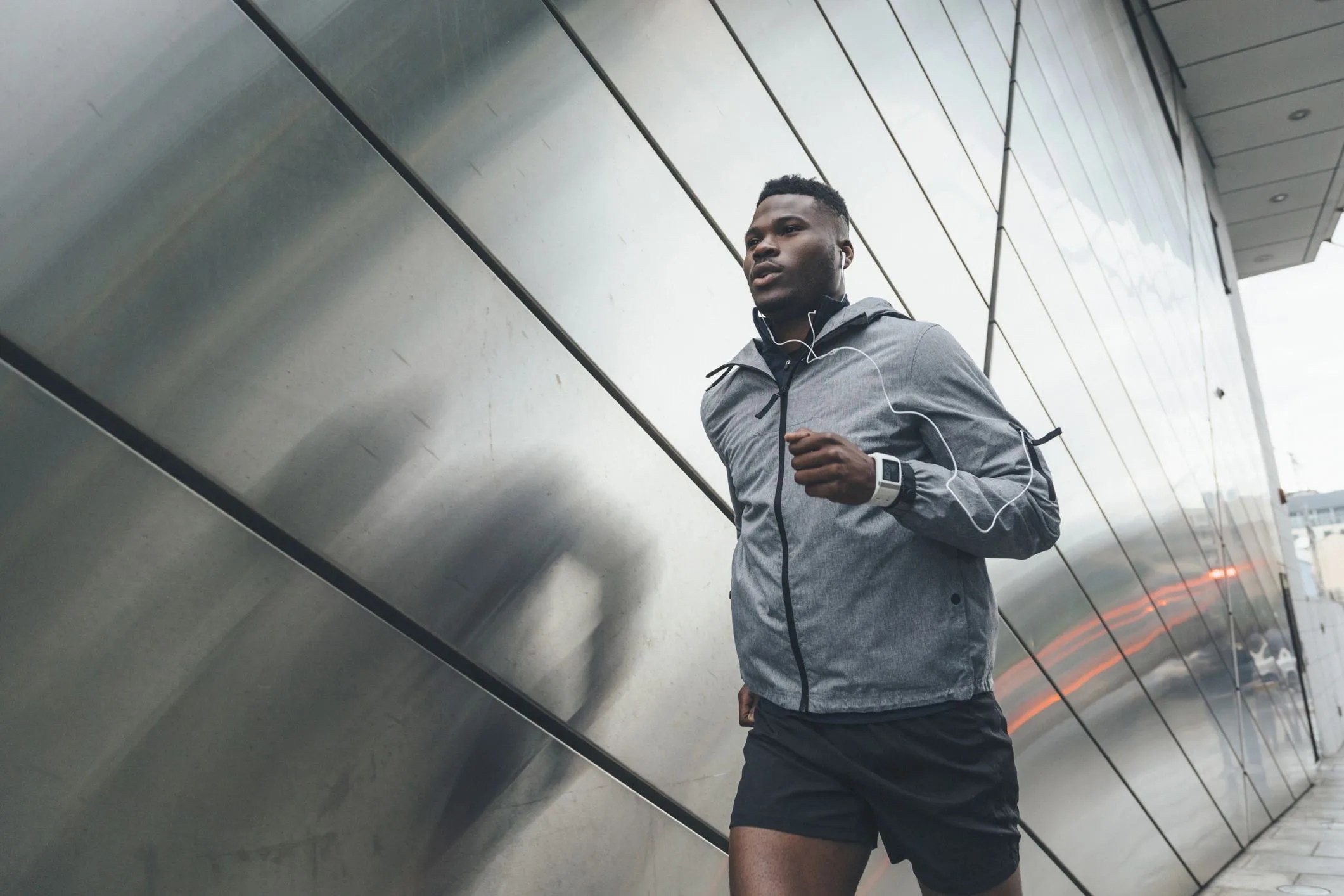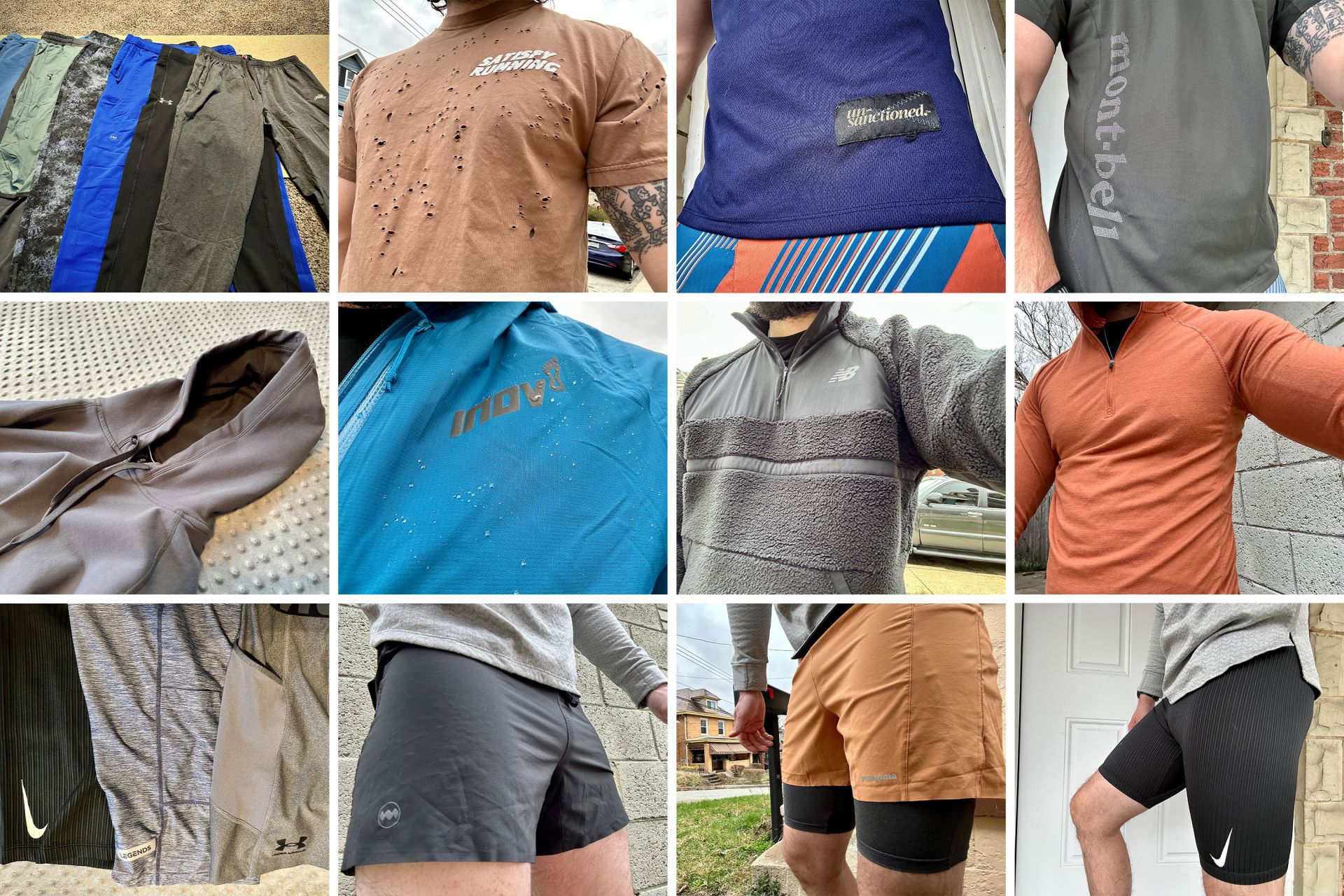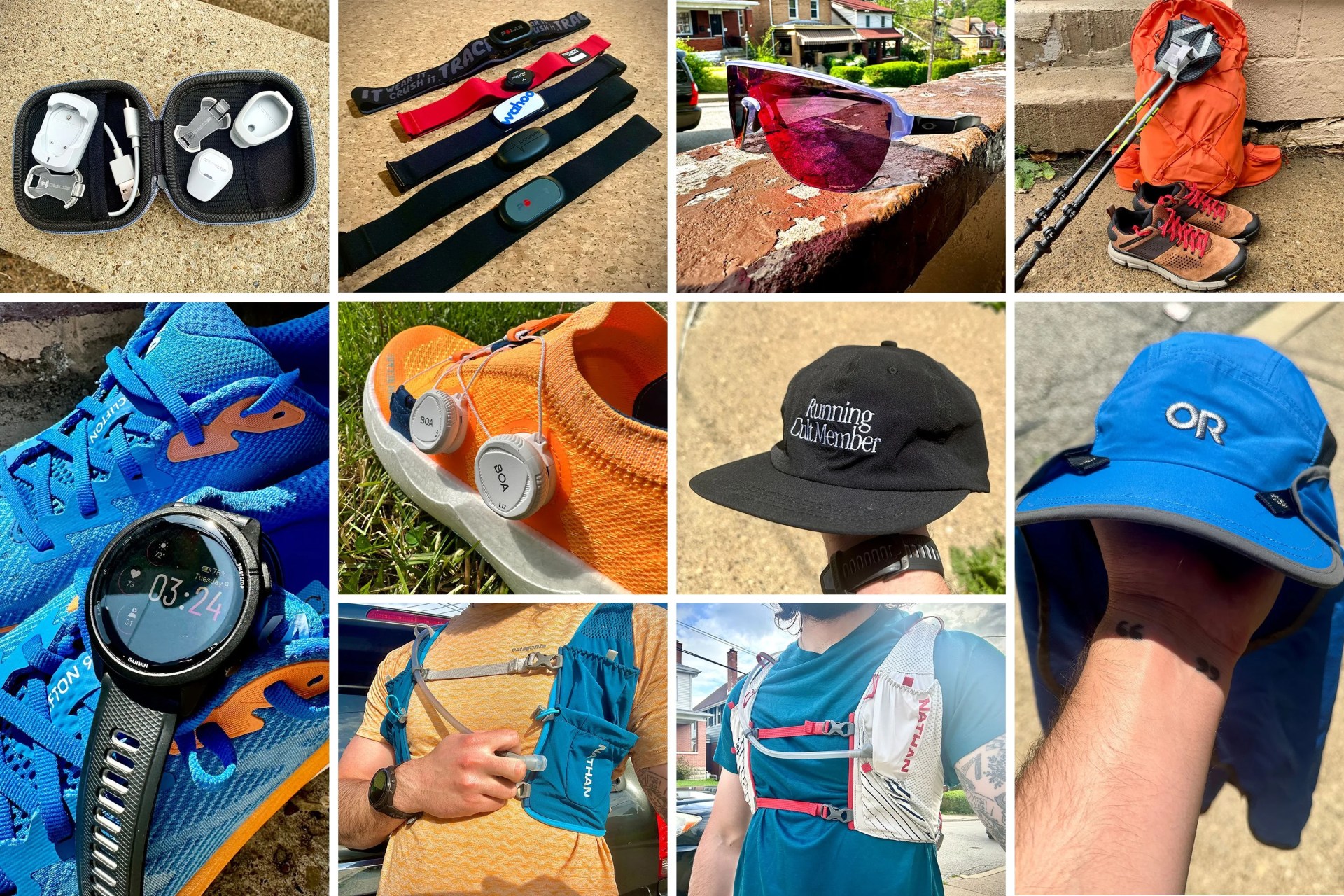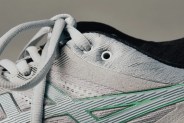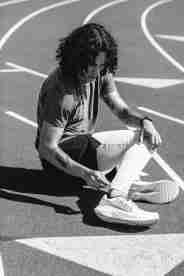When it comes to fitness disciplines, there are few more approachable than running. After all, there’s a reason roughly 15 percent of the United States population partook in some form of running or jogging on a consistent basis last year alone. Yet, while the general needs of the activity are intuitive at a glance — just shoes, some apparel and maybe a few accessories, right? — dig a little deeper and you’ll soon realize that finding the right equipment for the miles ahead can leave you spinning your wheels in a hurry.
Yes, the running gear rabbit hole is deep and cavernous with plenty of pathways to get lost in. Want a premium pair of running shoes? Well, you’d better know your gait type, intended terrain, desired speed, sensitivity to carbon plates, and a litany of other concerns. Want some apparel to match your new fitness interests? Be prepared to outline your typical workout conditions, sweat levels and more. And don’t get us started on wearables … that is, unless you want to slowly sink into madness trying to decipher which accelerometer is best for VO2 Max recordings, stride length measurements and other data metrics that are likely far beyond your athletic needs.
Despite the crowded landscape, though, finding the ideal running essentials doesn’t need to be a complicated endeavor. We’re constantly hitting the streets, trails and track lanes identifying well-to-do silhouettes across all running categories, so the heavy lifting (err, pacing) is done. Here’s a few tips on the top areas you should be focusing on when developing your first running kit, as well as some tips to help you zone in on worthwhile silhouettes along the way.
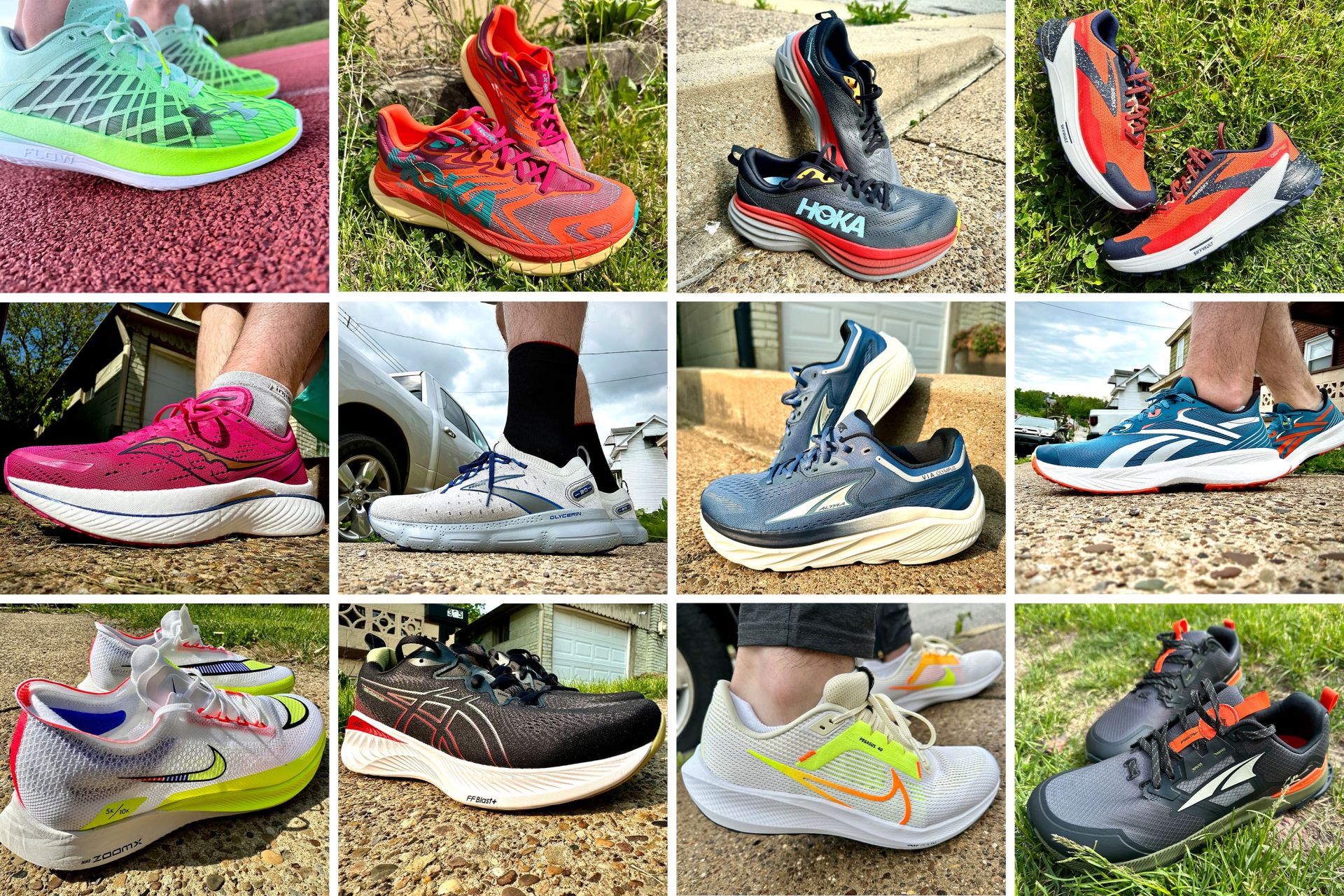
Start from the Ground Up — Literally
It should come as no surprise that the first piece of running equipment worth your time and energy should be the all-important running shoe. “Your feet are the primary piece of equipment for runners, so it pays to outfit them with high-quality gear,” says Cory Smith, founder and head coach at Run Your Personal Best. As such, you’ll need to determine some goals you have in relation to your training. Understanding these aspirations first and foremost can help you filter out unnecessary profiles for an easier shopping experience.
Once you have a solid idea of your intended running goals, you can then move into finding a profile that’s best for your specific foot type. “It’s worth investing in a shoe that really makes your foot feel good,” advises Ashley Mateo, a running coach, marathoner, writer and gear tester. “Go to a running store, get properly fitted, get your gait analyzed and get a shoe that’s going to support your body in the most efficient, comfortable way.”
